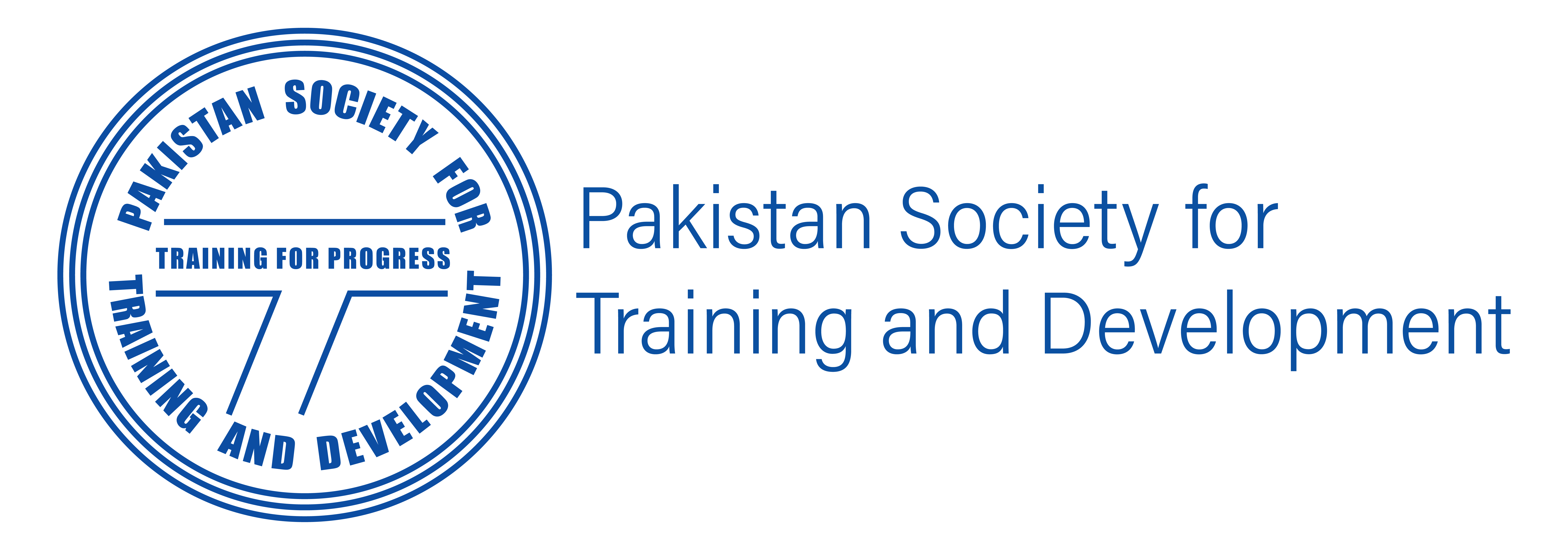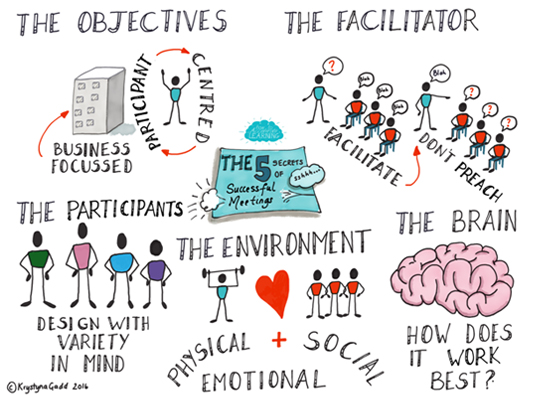Has COVID 19 sparked an L&D or Training Revolution?

by admin
I am hoping the answer to this question is a resounding ‘yes’! I hope that the current crisis has caused us to think more deeply about what we do as a profession and how we do it so that we get the recognition and support we both need and deserve.
For years I have been hearing about training or learning and development teams who:
- Start thinking about evaluation after training has happened
- Do re-training often because of the lack of retention of the learning
- Are the first department to have their budgets cut in hard times because they are not seen as adding value
- Stick to the same small range of ways to deliver learning and mainly it means training!
- Deliver training solutions without really understanding the underlying problems
- Fail to align their activity to the organisational goals
- Have little or no support from major stakeholders
Over the years I have recommended a number of steps to remedy the issues above.
- Everyone understands the whole of the learning cycle
If the whole organisation understands what it means to learn and how that is tied to performance improvement, will that not make a huge difference to what is required from L&D or training?
The current crisis is forcing us to look long and hard at what we are asking our teams to deliver. Bearing in mind the lack of face-to-face training (except in exceptional circumstances) and the online fatigue people soon experience, we are having to prioritise what we do. We can do that if the organisation:
- Understands what it means to do a needs analysis (not just an LNA) to identify the real problem not just the symptoms
- Understands that stakeholders need to be engaged for learning to imbed (and for meaningful evaluation)
- Understands how to write (jointly) strong performance objectives and great learning objectives
- Knows that evaluation is everybody’s business
- Realises that line managers should play a big part in the learning process and that they are part of the long-term solution
If this happens will there be a time where L&D and training are seen as a change agent rather than a cost? Would we then see the business, truly partnering with L&D to imbed the learning into the organisation? Could we then justify our spend on learning, knowing that we could deliver a return on investment (ROI)?
- Stake holder engagement and management skills are developed
When I became an IT trainer in the late ’80s, there was never any mention of stakeholder requirements or “beginning with the end in mind”. We quite simply designed training to help people get better at their jobs. What I included in any course I designed what, in my opinion, people needed. There were never any conversations, surveys or focus groups to determine what the needs were. Neither did I identify who the key stakeholders were to help me decide the best approach to uncovering learner needs.
In my opinion, as an L&D professional, I should be able to:
- Recognise who my stakeholders are
- Know how to nurture the influential and supportive ones
- Know how to stop the unsupportive ones from getting me down
- Speak their language
- Ask the right questions to engage the stakeholders and extract the real issues
- Demonstrate value to the stakeholders
- Justify budgets
What do you think?
- L&D use a consultancy approach when asked to design and deliver learning
So often stakeholders come to L&D with a ready thought-through solution with timescales and delivery methods. L&D do not always get to do an unbiased needs analysis, which may uncover organisational, process or resourcing issues that mask themselves as learning needs. This leads to solutions, not quite hitting the mark and also lack trust in the L&D contribution. Good consultancy skills with strong questioning skills can help to uncover some deep-seated issues, that may be masked by other symptoms.
- A good needs analysis leads to a solid (meaningful) evaluation and appropriate design.
Without a good need’s analysis, evaluation becomes somewhat of a mystery. It becomes more about guesswork than data collection and analysis. Given the opportunity to use a triangulation approach to needs analysis (using 3 methods to find agreement on the real issues), L&D can at the same time, visualise the possible outcomes and the benefits to the organisation. With this “end” in mind, the learning can be focused on what is needed rather than what we think (or others think) is required. The outcomes from the need’s analysis will form the basis of the approach to evaluation.
- There is an explicit and practical objective setting process.
“By the end of the workshop, the learners will be able to understand the 5 principles of customer engagement”.
Not an atypical objective, but can it be measured? Do line managers ever sit down with the learners to set performance objectives before a workshop? If not, then how is the impact of the learning measured? If the organisation, as a whole, does not have an explicit method for setting objectives, then how does change (in line with strategy) become a reality? How do we turn organisational goals into real outputs from our staff?
To turn our corporate visions into a daily reality, individuals need to be able to see how their performance impacts the direction in which the organisation is heading. Organisational objectives cascaded down become departmental objectives, which can then be translated into individual’s performance goals. It is not that complicated.
- Learning interventions are under pinned by accelerated learning principles. Accelerated learning has been shown to improve learning retention by as much as 300%* and cut trainer preparation down by as much as 30%**. Who would not want to incorporate principles, which have the learner at the centre and retention as a priority?
I recently re-visited and reaffirmed my “Five Secrets of Accelerated Learning” in a series of articles that I wrote for Training Zone, a UK based website for training professionals. This was a look at the most recent academic research to affirm the five broad brush areas that my ‘secrets’ cover. I was happy to report that they are still valid today as they were in 2013 when I first wrote about them in the UK Training Journal
*Elliot Masie in a study on IT training
**Debbie Meddins, L&D Manager from ATOS
I have seen signs that the six steps outlined above are happening more frequently. There are more L&D professionals interested in taking more of a consultancy approach and conducting needs analysis more frequently than before. More people are reaching out and buying my book “How Not To Waste Your Money On Training”.
What is your experience? I would love to hear from you.

Krystyna Gadd
Founder – How to Accelerate Learning
Krystyna has been in the field of learning and development for over 30 years and applies the same process thinking to L&D as she did in her former career as an engineer. Her focus is always on achieving business results in a creative and inspiring way. Her passion is helping L&D find the right data to inform good decision-making.
Recommended Posts

Self-Awareness – Metacognition: Fundamental Basis Of Emotional Intelligence & How To Cultivate It
December 8, 2020

Stories Prepare You to Act
October 29, 2020

Believe the Unthinkable Is Possible: A Q&A With Ben Nemtin
October 29, 2020



